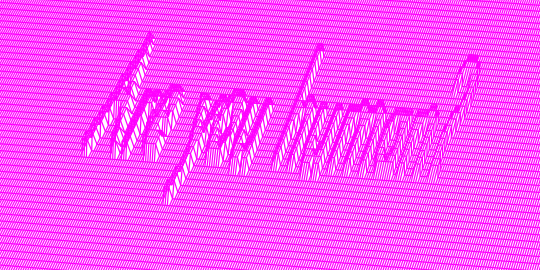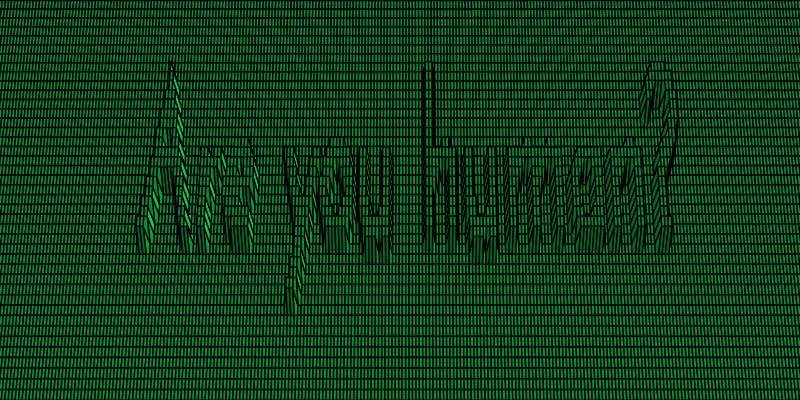Difference between revisions of "Captcha"
From Publication Station
| (2 intermediate revisions by the same user not shown) | |||
| Line 93: | Line 93: | ||
[[File:human_010.svg]] | [[File:human_010.svg]] | ||
You can change the instruction to plot a wireframe, | |||
ax.plot_wireframe(X, -Y, Z, rstride=1, cstride=1, color=( rgbcolor ) ) | ax.plot_wireframe(X, -Y, Z, rstride=1, cstride=1, color=( rgbcolor ) ) | ||
for one to plot a surface: | |||
ax.plot_surface(X, -Y, Z, rstride=1, cstride=1, color=( rgbcolor ) ) | ax.plot_surface(X, -Y, Z, rstride=1, cstride=1, color=( rgbcolor ) ) | ||
[[ | the result looks like | ||
[[Category: | [[File:human_000.png]] | ||
[[Category:Research]] | |||
Latest revision as of 10:24, 12 June 2015
How to generate captchas
The easies way for generating captchas is through libraries in different programming languages (Python, Javascript, PHP, etc) dedicated to this task
Bellow is a list of different libraries used to produce different kind of captchas, dependencies, instructions of how to use them.
Python
3D Captcha
https://github.com/013231/3D-CAPTCHA
Run in the terminal:
python captcha.py
possible changes to script
captcha.py allows different parameters to be changed, namely
- font-face: fontPath = '/Library/Fonts/Arial.ttf'
- text used in captch
- image dimension and format
- image color
- image 3D position
Here is a modified, simplified, and commented version of the captcha.py script:
#!/usr/bin/env python
# encoding=utf-8
from random import uniform, shuffle
from cStringIO import StringIO
from PIL import ImageFont, Image, ImageDraw
import numpy, pylab
from mpl_toolkits.mplot3d import Axes3D
fontPath = '/Library/Fonts/Arial.ttf' # path to font used
img_ext = 'png' # image extension. Supported formats: eps, jpeg, jpg, pdf, pgf, png, ps, raw, rgba, svg, svgz, tif, tiff.
def makeImage(text, width=400, height=200, angle=None, ext='png', rgbcolor=(1,0,1)):
'''Generate a 3d CAPTCHA image.
Args:
text: Text in the image.
width: Image width in pixel.
height: Image height in pixel.
angle: The angle between text and X axis.
Returns:
Binary data of CAPTCHA image in PNG format.
'''
angle = angle if angle != None else uniform(-20, 20)
try:
font = ImageFont.truetype(fontPath, 24)
except IOError:
raise IOError(
'Font file doesn\'t exist. Please set `fontPath` correctly.')
txtW, txtH = font.getsize(text)
img = Image.new('L', (txtW * 3, txtH * 3), color=255)
drw = ImageDraw.Draw(img)
drw.text((txtW, txtH), text, font=font)
fig = pylab.figure(figsize=(width/100.0, height/100.0))
ax = Axes3D(fig)
X, Y = numpy.meshgrid(range(img.size[0]), range(img.size[1]))
Z = 1 - numpy.asarray(img) / 255
ax.plot_wireframe(X, -Y, Z, rstride=1, cstride=1, color=( rgbcolor ) ) # "plot_wireframe" can be replace by "plot_surface" to produce a surface
ax.set_zlim((-3, 3))
ax.set_xlim((txtW * 1.1, txtW * 1.9))
ax.set_ylim((-txtH * 1.9, -txtH * 1.1))
ax.set_axis_off()
ax.view_init(elev=60, azim=-90 + angle)
fim = StringIO()
fig.savefig(fim, format=ext)
binData = fim.getvalue()
fim.close()
return binData
if __name__ == '__main__':
degrees = [i*10 for i in range(0,36)] # list different degrees
for n in degrees: # for loop will produce 35 different images, each in a different angle
img = makeImage(text='Are you human?', width=600, height=300, angle=n, ext=img_ext, rgbcolor=(0.05,0.8,0.3) ) # Essential command: text, width, height, angle, extension, color
n = str(n).rjust(3, '0')
filename = 'human_{}.{}'.format(n, img_ext)
print filename
with open(filename, 'wb') as f:
f.write(img)
Example output: with makeImage set to:
img = makeImage(text='Are you human?', width=600, height=300, angle=n, ext=img_ext )
You can change the instruction to plot a wireframe,
ax.plot_wireframe(X, -Y, Z, rstride=1, cstride=1, color=( rgbcolor ) )
for one to plot a surface:
ax.plot_surface(X, -Y, Z, rstride=1, cstride=1, color=( rgbcolor ) )

